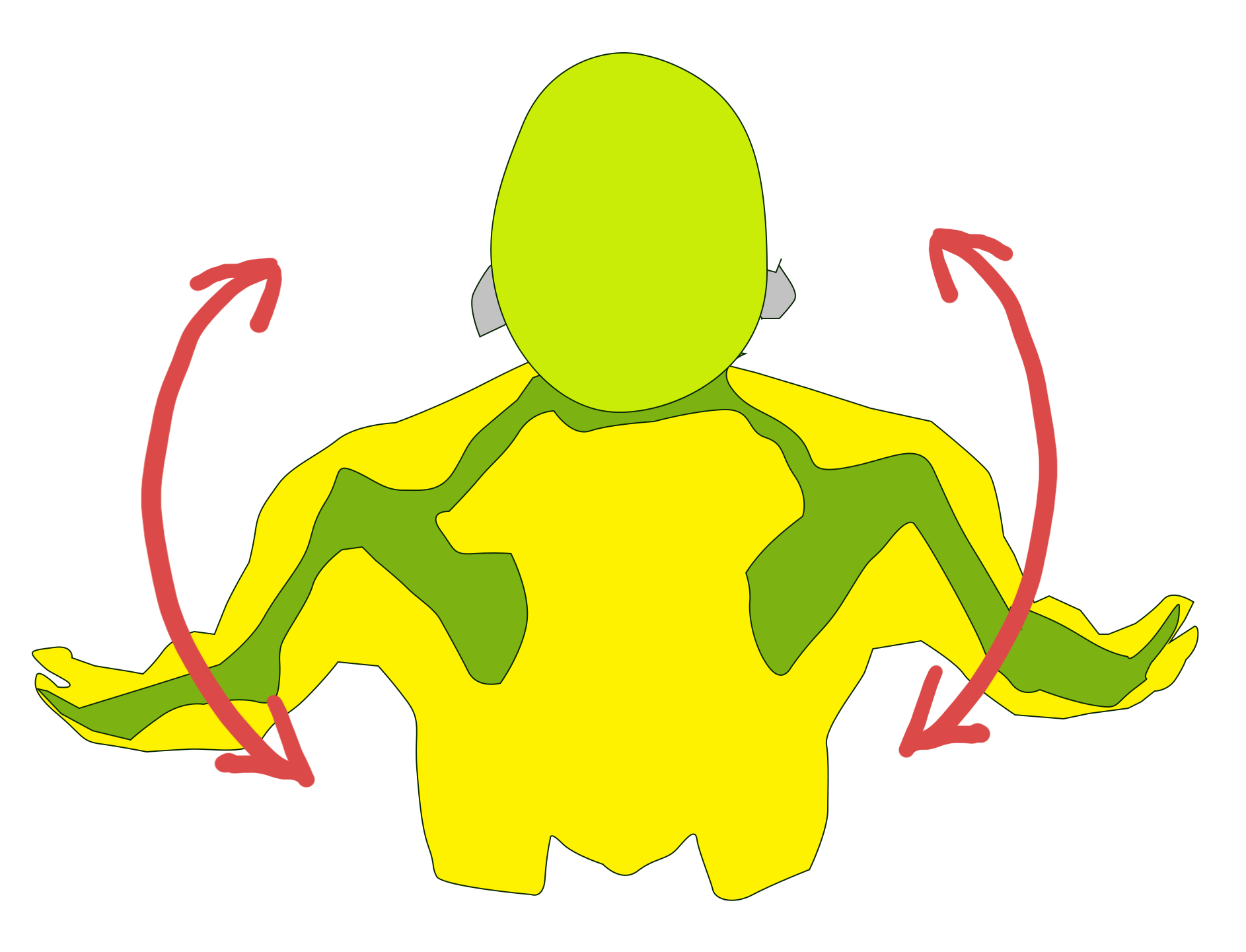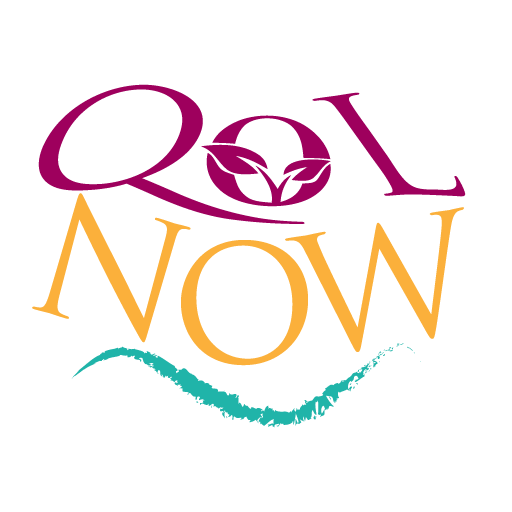The 4 Hearts
The 3 Hearts of Traditional Chinese Medicine
Traditional Chinese Medicine (TCM) models us as having three hearts. Under this view, a ‘heart’ is process or organ which moves fluid and energy around your body.
- The first heart is your actual heart, which moves blood around your body
- The second heart is your abdomen. By performing abdominal breathing you massage your organs and help move fluids through them. This aids your digestion, breaks up adhesions which form between your internal organs, and spread the lymphatic fluids to move nutrients through and to flush toxins from the body.
- The third heart are your calves. Gravity pull fluids done into your legs: edemas happen, ankles swell. The lower body is passive, that is, there is no active mechanism to move lymphatic fluid out of the legs. You must move to contract muscles in the leg to push the fluids back into the body. You can perform movements which cause your calves to tighten in order to achieve this.
The 4th Heart: Our Shoulders
In TCM ‘hearts’ are pumps that move fluids around the body. Fluids transport nutrients to cells and toxins away from cells to the lungs where they can be expelled. TCM posits 3 hearts. In the movements we are doing we could consider shoulders to be a 4th heart.
The way we are moving our shoulders (or should be moving them) in our Qigong and Taiji movements should be promoting some of the following things:
- Circulation of spinal fluids
- Separation of vertebrae in spine and neck to allow them to be hydrated.
- Lifting the ribs off the organs to break up adhesion.
Thus we could call our shoulders our 4th heart. (Not part of TCM)



